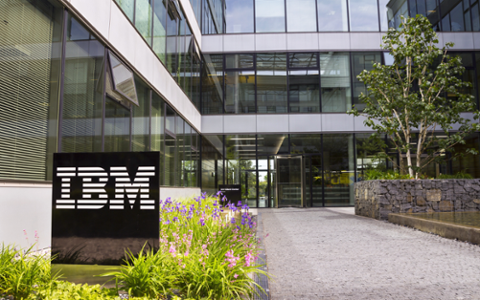The pandemic and the resulting shift to remote work had a huge effect on the mental health of those in every industry. For many technologists, though, this period has proven especially isolating—particularly those involved in “behind the scenes” work in datacenters and other locations cut off from much coworker contact.
In addition, many technologists found it incredibly stressful to work from home (and deal with family issues on a daily basis, such as homeschooling) while upgrading systems and writing code. That stress, combined with isolation, has put many technologists at risk of mental health issues.
Leo Pate, managing consultant at nVisium, an application security provider, said mental health among software developers and engineers needs to be more openly discussed. As the world becomes more technologically dependent, the reliance on their skillsets is only going to increase.
“As a result of that growth, more stress and pressure will be placed on the shoulders of those who dedicate themselves to technological innovation,” he said. “This is particularly evident in those organizations utilizing an Agile methodology because of more updates at regular intervals with tighter deadlines.”
Pate added that, with the shift to working from home, there’s the sense that industry members feel that they can’t escape or unplug from their professional lives. While collaboration tools like Slack and Zoom are incredibly useful, many software developers and engineers feel constantly tethered to their mobile devices.
“It’s important to set both digital and physical boundaries, like turning off notifications and having a dedicated office space to figuratively and literally shut the door on work,” Pate said.
Without the ability to swing by someone’s desk or grab lunch with a coworker, extra barriers to communication are formed when you adopt a digital-only collaboration strategy. “Factor in miscommunication and the sheer time to write—rather than verbalize—your thoughts and decisions start to be impacted,” Pate said. “This, in turn, causes delays and subsequently, tighter deadlines and increased costs, furthering the pressure put on members of technical teams who are already stretched thin.”
Pate manages a team of extremely deadline-driven, application security consultants working to meet clients’ needs on a daily basis. “In such a high-stress industry, it’s important for me to form personal relationships with every team member I’m mentoring,” he said. “Because, after all, they’re humans—not resources. Every single person has been affected by this pandemic in different ways, so it’s important to practice empathy with regular ‘pulse checks’ on mental health through regular one-on-one meetings.”
Some team members are more open than others; for those who hold their cards close, it’s important to offer monthly or quarterly anonymous surveys for feedback. “Ultimately, I want to see my employees succeed and grow both personally and professionally, so I tailor my management and communication styles to do just that,” Pate added. “On the flip side, as an employee, it’s also important to check in on your leadership to keep the conversation flowing both ways. This, in turn, helps further the relationship and keeps the lines of communication open.”
The Benefit of Benefits Programs
A telltale sign of a struggling employee is a decline in quality of work, as well as response times. It’s critical for employees to feel comfortable with voicing issues and concerns sooner rather than later. Managers should do everything in their power to check in and keep lines of communication open. Some companies such as nVisium also offer benefits programs, including wellness stipends and teambuilding events and trips.
“Those in managerial positions should also be advocates for programs like these, as well as offer justification to leadership for these offerings on their employees’ behalf,” Pate said. “So often, we neglect mental health when we take into account our general health, so ensure you’re integral in developing—and encouraging the use of—these policies.”
Dattatri Radhakrishna, vice president of engineering at Whatfix, thinks it’s crucial to make sure that every employee has all the necessary resources, tools, and content at their disposal precisely when they need it. “It can be helpful for managers to regularly take the temperature of their teams with anonymous questionnaires, automated pulse checks, and regular virtual team meetings,” he said.
Being compassionate and asking “How are you?” can have a great impact. “Moreover, if possible, companies should extend material benefits, such extended COVID leave to anyone who needs it for themselves or family,” Radhakrishna said. “If possible, managers should be liberal in accommodating flexible works hours and time off.”
Pate also pointed out everyone is different in their communication styles, but he believes that a direct approach is always best when raising concerns with a manager—or anyone for that matter. “Speak up as soon as possible and try to come to the conversation with a plan and communicate a sense of shared responsibility,” he said. “I can’t stress the importance of being your own advocate, so we can work together to form a solution. As a manager, I can’t help you if I don’t know there’s a problem, which is why fostering my relationships with employees is so important. It’s easy to feel overwhelmed in these scenarios, so it’s important to focus on what you can control and move forward from there.”
Radhakrishna agreed management should also make sure employees are aware of any support the company offers, like Employee Assistance Programs and other wellness options. “Frequently, we see these programs go unutilized, and they exist for a reason: to support the employee in being the best versions of themselves, both online and offline,” Pate said.



